I'm looking at the datasheet for a 'switching' XLR/Jack combo receptacle (NCJ10FI-V) but am unsure about how the switching works.
Am I correctly assuming that S and SN form a normally open switch?
What if I want a microcontroller to be able to read whether a jack/XLR has been plugged in? Should I connect SN and GN to 5 V through a pull-up resistor, so they get pulled to ground when a connector is inserted?
Finally, what's the purpose of having 3 switches for the jack? To detect how far it has been inserted? I'm not sure how RN and TN would have to be wired up since connecting a pullup resistor to them would cause the signal to get distorted.
Application is audio input anywhere from mic level to over pro line level (-60 to +8dBu). With switchable phantom power.
